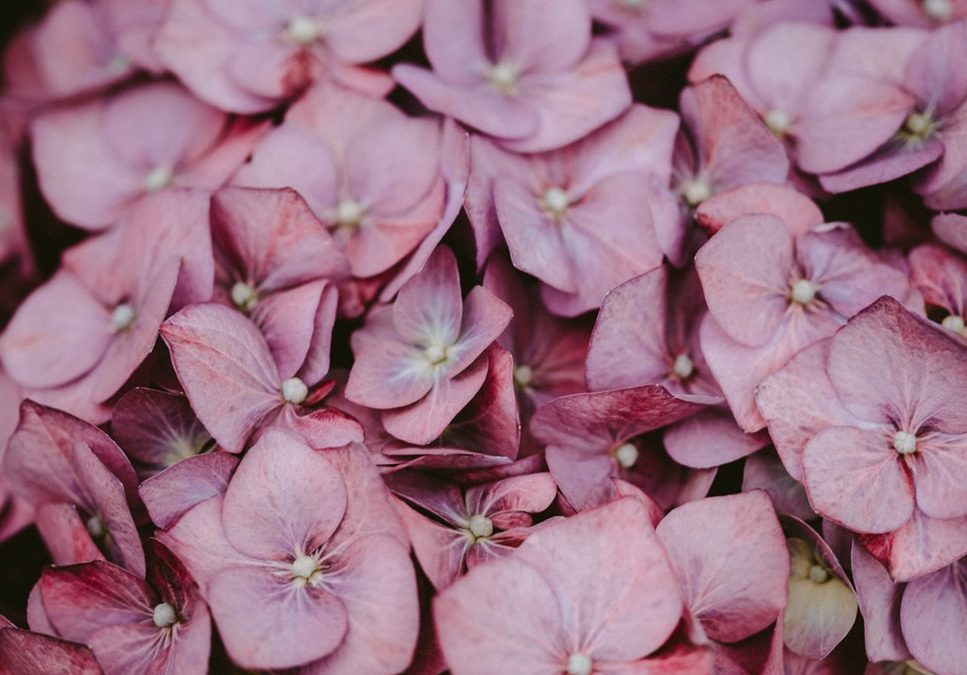Gardeners prune their flowers in spring and fall, but which time is better to cut back? There’s no clear answer, as it all depends on the type of flowers in your garden! Some perennials need their tops to protect new shoots through the winter, while others will get burdened with dying foliage.
How Much Should You Cut Back?
 The phrase “cut back” can mean different things for different plants. When pruning in the fall, gardeners should cut the flower all the way down to the ground or reduce it several times a year. This helps the plant look fresh and clean when the new foliage emerges. In the spring, cutting back means removing the foliage left on through the winter.
The phrase “cut back” can mean different things for different plants. When pruning in the fall, gardeners should cut the flower all the way down to the ground or reduce it several times a year. This helps the plant look fresh and clean when the new foliage emerges. In the spring, cutting back means removing the foliage left on through the winter.
The tops of most perennials are best left intact during winter instead of cutting back. They add winter protection to the rest of the plant and reduce harmful cycles of freezing and thawing. The stems and dried flowers add interest to the winter landscape and provide habitat for birds.
What To Cut Back In Spring
 You can leave most perennials with their foliage during the winter for protecting the growth and helping local wildlife. Annual wildflowers are a type. This allows them to drop their seeds and come back the next year. If you just can’t stand the sight of them left up, cut the plants back and leave the debris on the ground. This should help them drop some seeds for the next season.
You can leave most perennials with their foliage during the winter for protecting the growth and helping local wildlife. Annual wildflowers are a type. This allows them to drop their seeds and come back the next year. If you just can’t stand the sight of them left up, cut the plants back and leave the debris on the ground. This should help them drop some seeds for the next season.
Perennials will not die if you remove their tops. During harsh winters, though, intact tops can mean the difference between survival and failure for some types of flowers. Mums, for example, survive best with the tops left of the flower left untouched. You should cut them back in spring before the new growth cycle begins.
What To Cut Back In Fall
 A perennial plant naturally dies back when it goes dormant. In the fall, removing the plant matter helps the plant reemerge in spring with no dead material marring its beauty. Plants that benefit from pruning are ones that must shortened stems for protection. Columbines, daylilies, hostas, irises, peonies, and salvias all benefit from an autumn cutback.
A perennial plant naturally dies back when it goes dormant. In the fall, removing the plant matter helps the plant reemerge in spring with no dead material marring its beauty. Plants that benefit from pruning are ones that must shortened stems for protection. Columbines, daylilies, hostas, irises, peonies, and salvias all benefit from an autumn cutback.
Choosing the right time to prune can be hard. For frost-sensitive plants, wait until several intense touches of frost have occurred to make sure the plants are completely dormant before cutting back. Other plants, like irises and hostas, will start to become mushy and limp after the first frost, and you can cut them back then.
It’s also good to remove anything diseased. If any plants caught a disease in the past season, cut the foliage all the way down to the ground. Don’t compost the plants, but rather throw them away far enough from the garden so that no future growth will catch the disease. After pruning them away, clean the shears with bleach and water.


Recent Comments